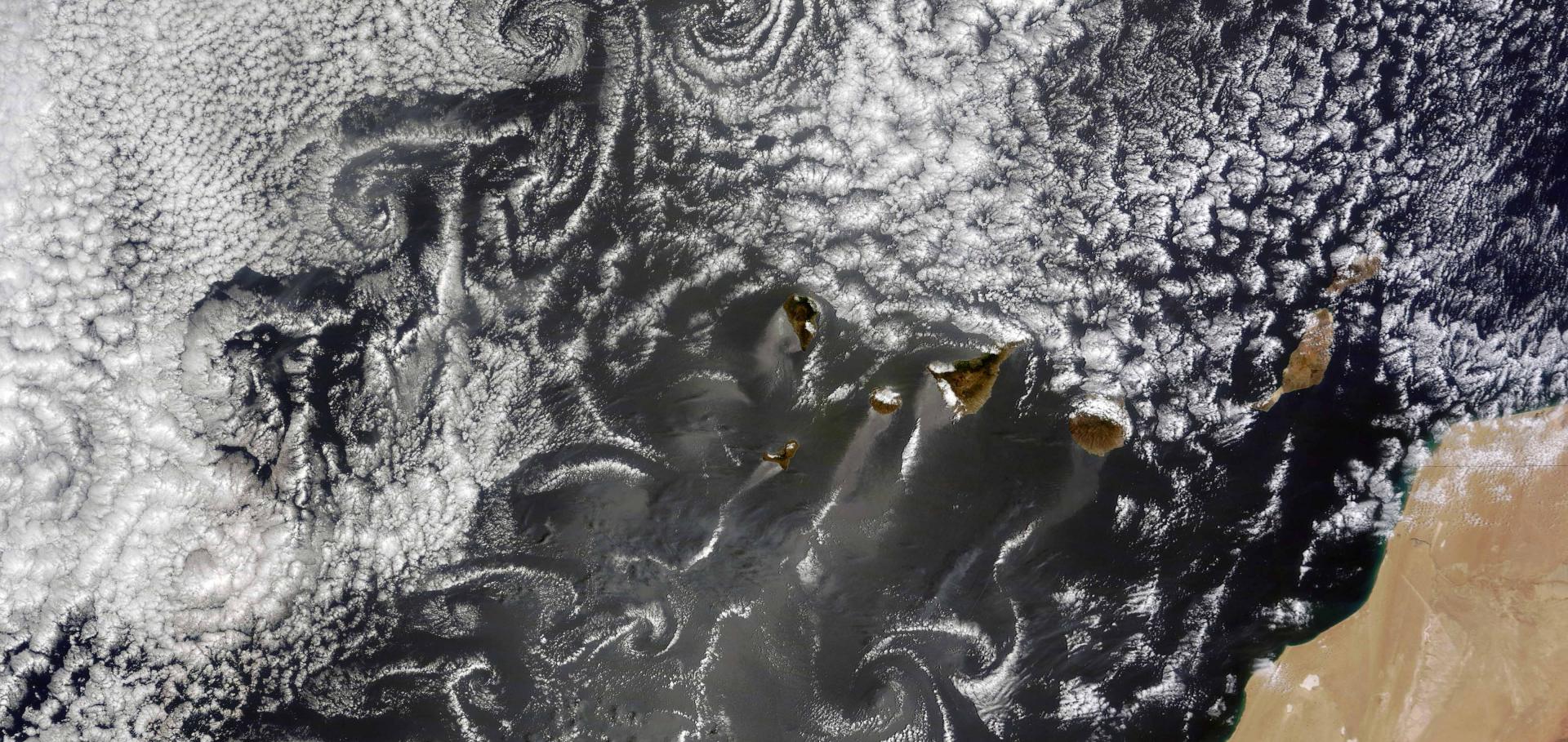ClimateBenchPress: A Benchmark for Compression of Climate Data
Convective mass flux and cloud anvil development in km-scale climate models
Regionally focused aerosol-climate modelling at kilometer scale
Satellite observations reveal higher persistence of fog in polluted conditions in the Po valley, Italy
Invertible neural networks for probabilistic aerosol optical depth retrieval
Abstract:
Satellite remote sensing is the primary source of global aerosol observations, providing essential data for understanding aerosol-climate interactions and constraining global climate models. To solve the inverse problem at the heart of the retrieval process, traditional algorithms must make simplifications and often cannot quantify uncertainty. In this study, we explore the use of Invertible Neural Networks (INNs) for retrieving aerosol optical depth (AOD) from spectral top-ofatmosphere reflectance. INNs can handle the inherent uncertainty of underdetermined inverse problems. They model the forward and inverse processes simultaneously, while learning additional random latent variables used to recover full non-parametric posterior distributions for the inverse predictions. We develop location-specific INNs for MODIS sensor data, training on synthetic datasets generated by combining atmospheric reflectance from MODIS Dark Target (DT) look-up tables and surface reflectance from a MODIS bidirectional reflectance product. The INNs successfully emulate the forward problem, and achieve accurate AOD inversion results on synthetic test sets (RMSE ≈ 0.05). The posterior distributions obtained are reliable (mean absolute calibration error ≈ 2.5%), efficiently providing informative predictive uncertainty estimates. Additionally, the INNs’ invertible architecture is found to promote physically consistent predictions and uncertainties. To further validate them in a realworld context, the INNs are applied to MODIS L1B reflectance observations to produce full-resolution AOD estimates with pixellevel uncertainties. The retrievals are compared to collocated ground measurements from the Aeronet network. The INNs obtain good accuracy in all tested locations in line with the operational DT AOD product (RMSE ≈ 0.1, 74% within DT expected error bounds). The INNs are also able to retrieve AOD over bright surfaces where DT cannot be applied. Despite uncovered limitations out-of-distribution, the INNs show consistent skill in target domains across diverse land surfaces. The INNs’ unique modelling and uncertainty quantification features have the potential to enhance aerosol and climate studies in various real-world contexts.


